Does someone you know, maybe even yourself, consider being able to touch the floor as a distant fantasy?
Flexibility can be an elusive creature at times, but know this: once you have figured out what works for you, becoming more bendy is as easy as following these tips to getting there.
To increase flexibility, you have to stretch periodically throughout the day and after a workout. There is no perfect time for stretching. You do it whenever you need to, whether that period is 5 minutes or 75 minutes. Just do not do too much in one sitting!
Mentioned in previous posts were various kinds of stretching. But to refresh, these are the types you want to know and utilize to thoroughly stretch every single part of your body:
- Dynamic stretching
- Active stretching
- Static stretching
- PNF stretching
- Passive stretching
When to Use Various Stretching Types
Warming-up Before Working Out
You are going to want to do dynamic stretching prior to a workout. Sometimes even yoga calls for dynamic stretching, especially if you plan on doing some breathwork. Dynamic stretches are modified movement patterns (not going as deep as usual), such as walking lunges, side lunges, squats, and even rolling around on the ground. Make sure the movement is organic, free of tension, and feels good.
Following a Workout
Do light static stretching once you have finished a workout. These are the traditional stretches you learn in physical education class. Holding these static stretches for a longer duration will help lengthen muscles that were tightened up during the strength training circuit or run. If you have any muscles that were trained or worked especially hard, focus on them.
When Moving
Although sometimes it is tempting to “go halfway” or “take it easy” with your stretching, you are actually doing yourself a disservice. Full range of motion through various movements, like squats, lunges, back extensions, and side bends will help actively stretch and strengthen the body at the same time. Yoga is a prime example of active and static stretching combined into a single practice.
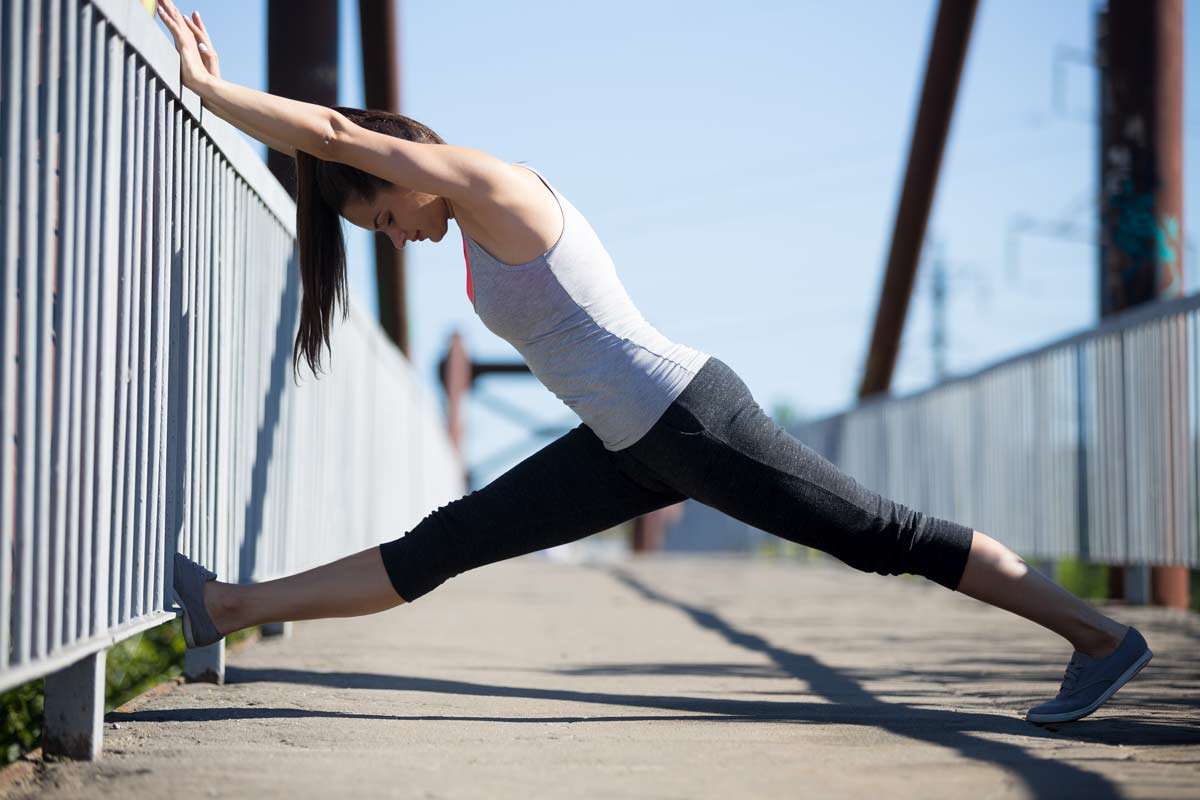
Other Ways to Increase Flexibility
Aside from working flexibility into various routines, there are some ways to get more bendy without ever stretching at all.
The one all yogis and yoginis will know is breathing. Yes, the act of breathing properly will increase your flexibility. Work on deep belly breathing to stretch the core and diaphragm. Work on this at least 5 minutes a day.
The other way to get more stretchy is relaxation. Tension is the exact opposite of flexibility. Tension transforms you into a concrete block. So breathe, release the worries, doubts, and negative energy, and give into the feel good stretch.
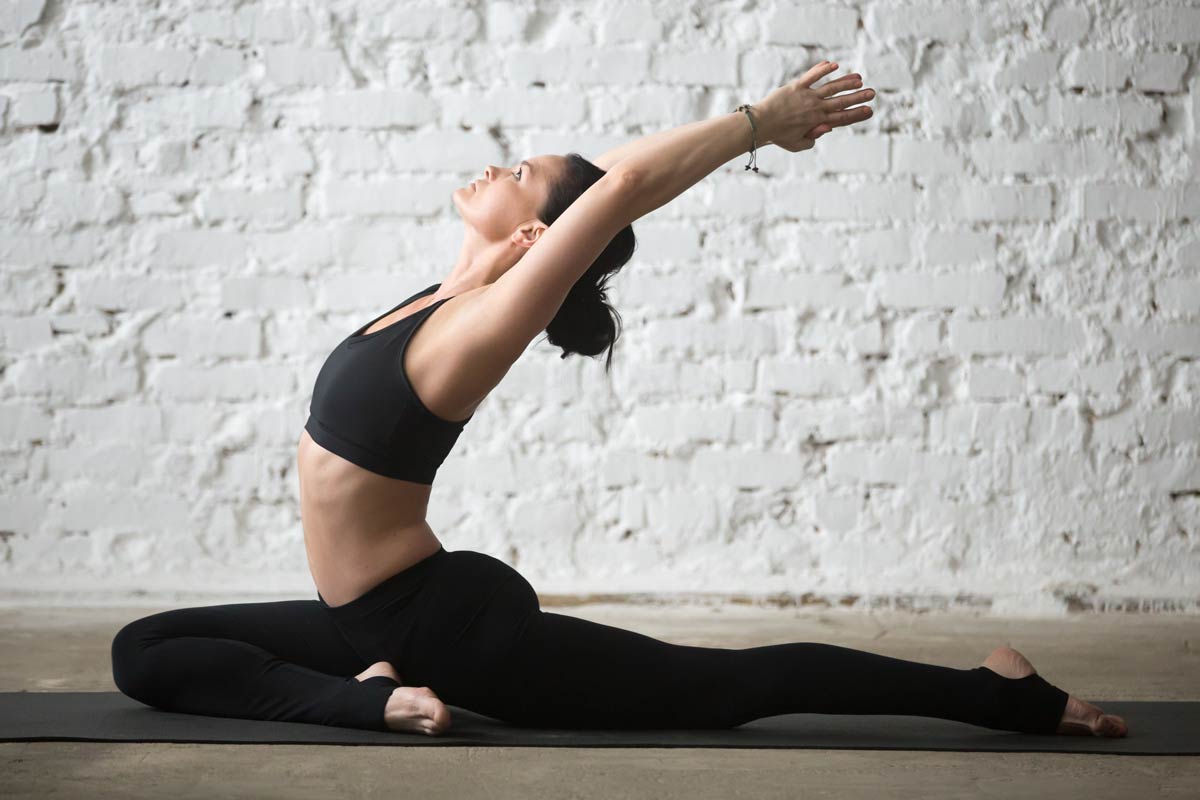
Though the ways to increasing flexibility are many, these techniques are tried and true…
Use them throughout the day to get a full range of stretching in. You will find that not only does stretching make you feel better, it also helps you get more from every single asana you move into throughout your yoga class. And remember—breathe!
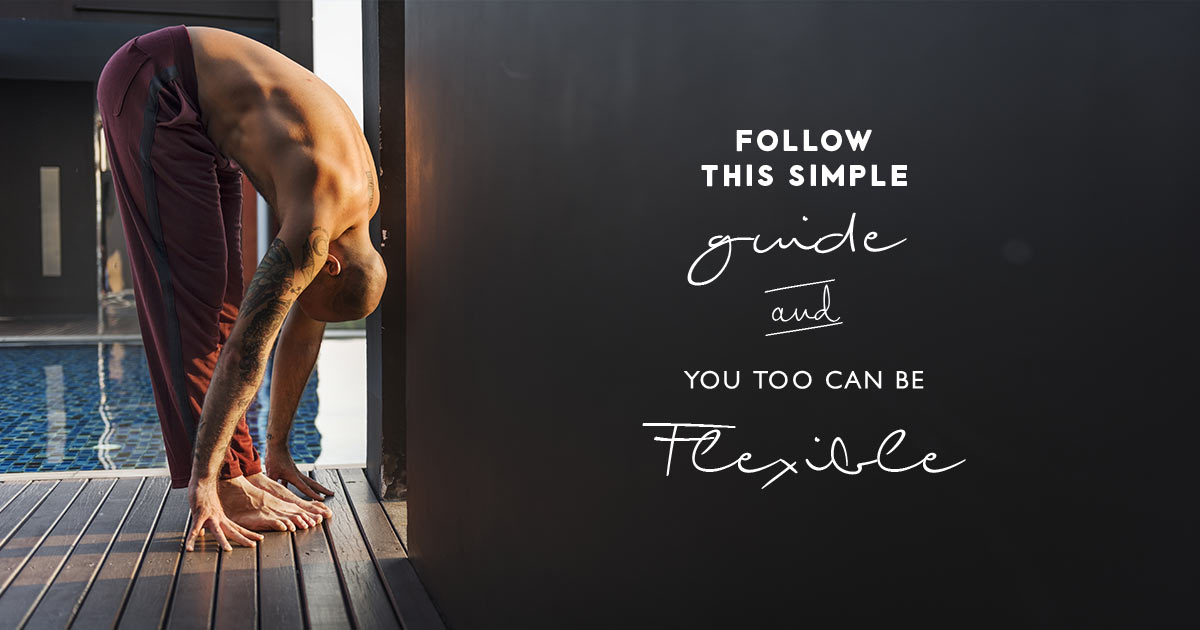
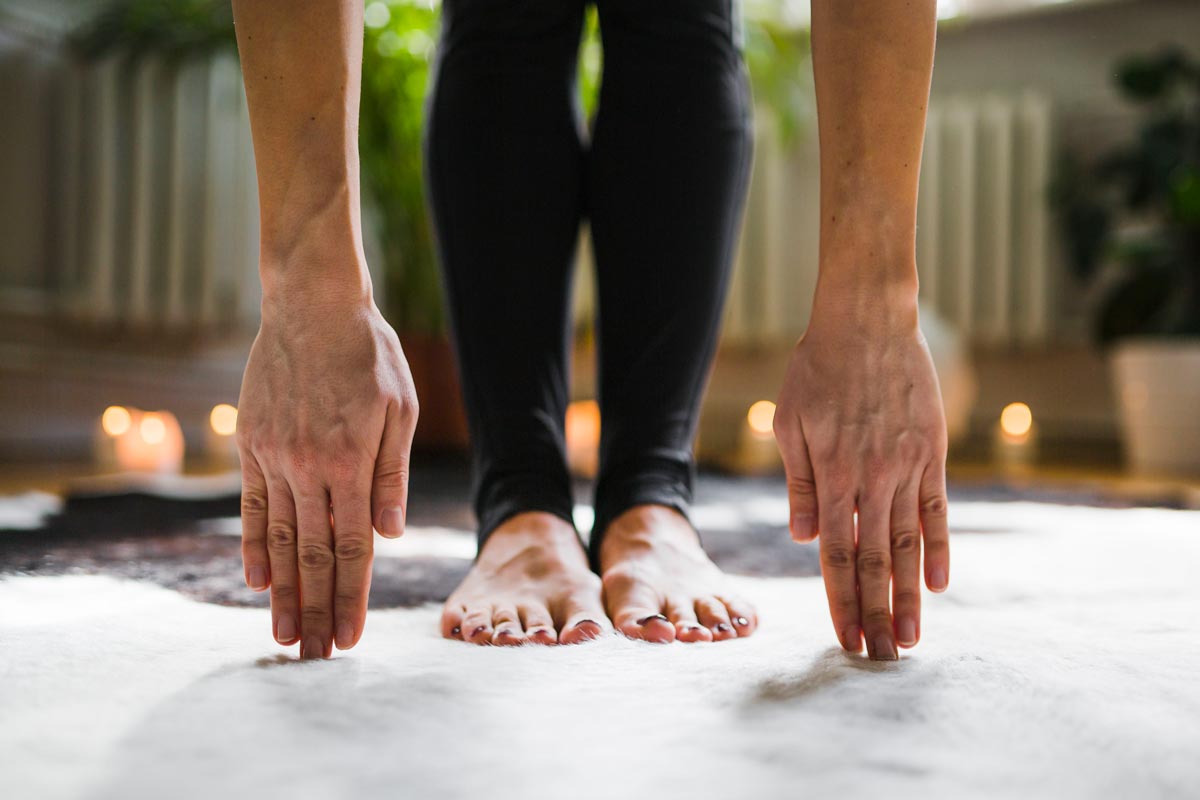
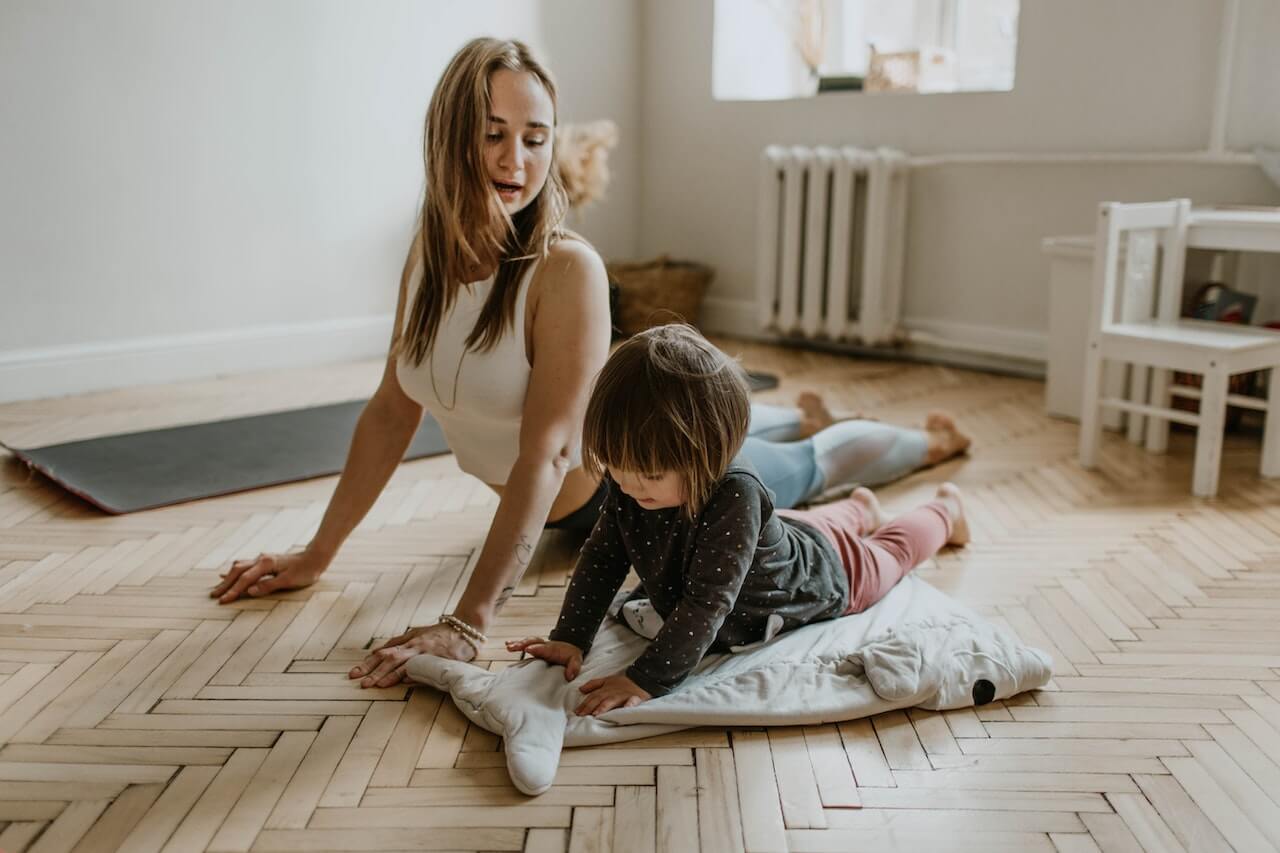



Leave A Comment